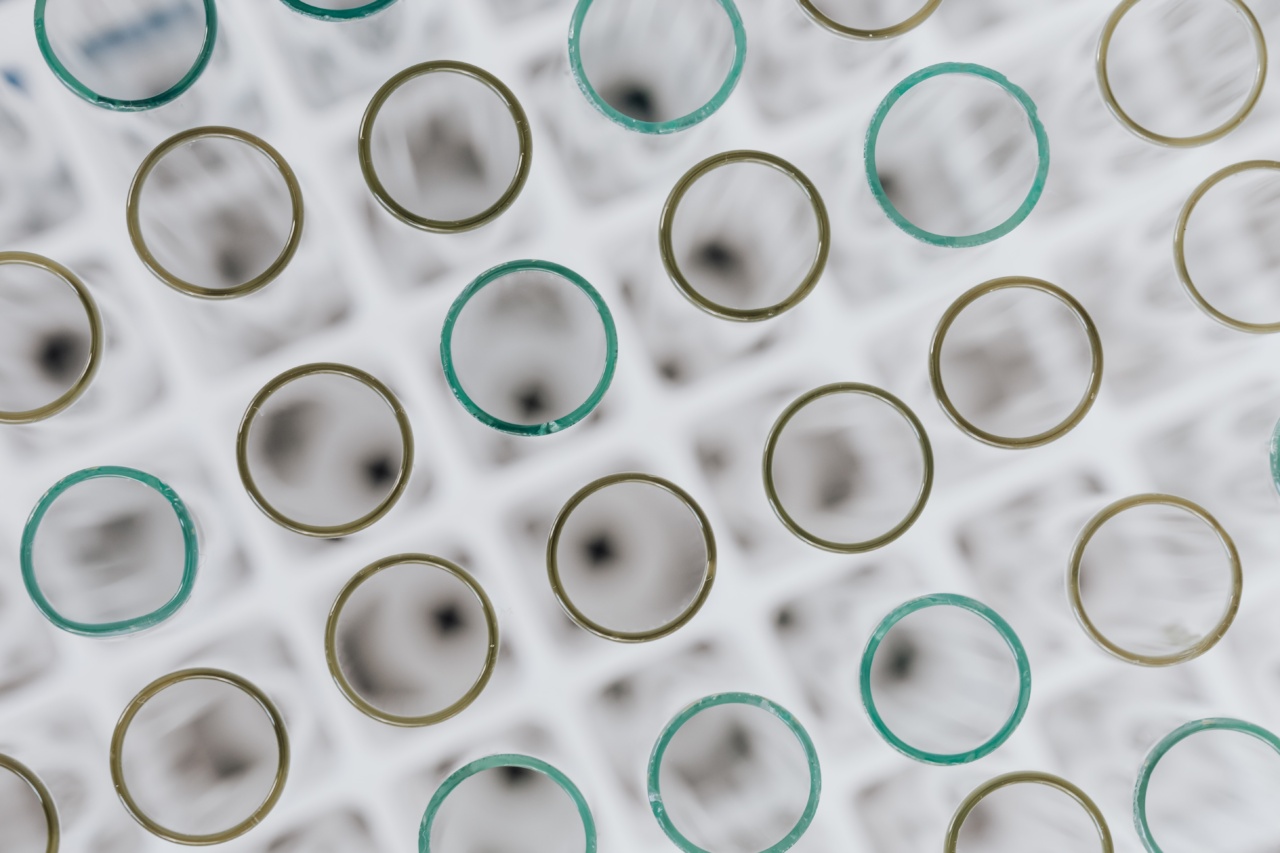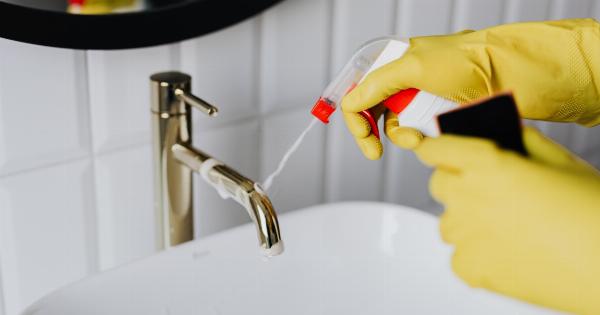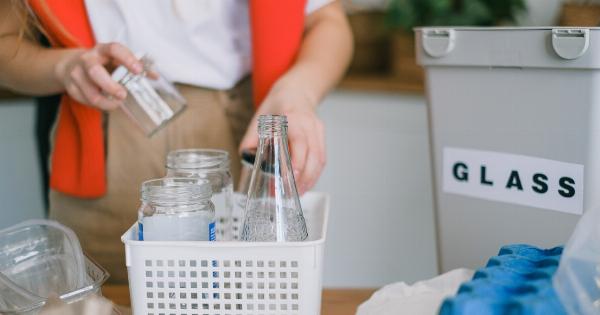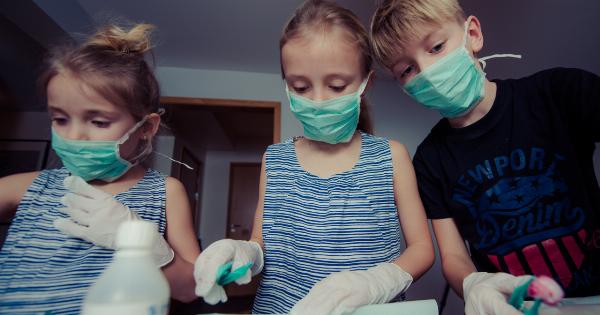Chemical burns occur when the skin or eyes come in contact with a harmful chemicals such as acids, alkalis or solvents.
These chemicals can cause severe reactions on the skin and eyes, ranging from minor burns to serious injuries that require immediate medical attention. If you are dealing with a chemical burn, you should always seek medical attention as soon as possible, especially if the injury is severe.
However, there are certain steps that you can take to minimize the damage and treat the burn before professional help arrives.
Step 1: Remove the Chemical
The first step in treating a chemical burn is to remove the chemical agent from the skin or eyes.
If a person has chemicals on their skin or clothing, it is important to carefully remove the clothing without pulling it over the head or making the situation worse. The affected area should be gently washed with a lot of cool water for at least 20 minutes. It is important to ensure that the water is not too hot or too cold but is tepid.
The chemical should be completely flushed out of the affected area to ensure that it doesn’t keep causing injury to the skin.
Step 2: Assess the Severity
After the chemical has been removed, the next step is to assess the extent of the injury. It is important to identify the type of chemical that has caused the burn as different chemicals cause burns of varying severity.
An acid, for example, will burn the skin on contact, but the burn will not be as deep as an alkali burn. Alkalis are more likely to penetrate the skin, and thus, cause deeper burns. The extent of the burn may vary depending on the volume of the chemical that came into contact with the skin or eyes, the duration of contact and the strength of the chemical.
Step 3: Provide First Aid
Depending on the extent of the burn, it may be necessary to provide some first aid to the person before seeking professional medical care. One of the most important first aid measures is to elevate the affected area above the heart to reduce swelling.
If the affected area is a limb, such as an arm or a leg, then it should be raised above the person’s head if possible. This will help reduce the swelling and make the person more comfortable while they wait for medical attention. The person should also be given pain relief medication such as ibuprofen or paracetamol for pain relief.
Step 4: Cover the Burned Area
The next step is to cover the burned area with a clean and dry dressing. If the burn is minor, then a simple dressing will do.
However, if the burn is more severe, then it may be necessary to use a specialized dressing that keeps the wound moist and helps promote healing. In some cases, the person may also be given antibiotics to prevent infection.
Step 5: Get Medical Attention
After providing first aid, it is essential to seek professional medical attention. Depending on the severity of the burn, the person may need immediate attention.
Do not delay and contact emergency services or take them to a nearby hospital or clinic immediately.
Step 6: Follow Up
After the initial treatment, it is important to regularly follow up with medical professionals to ensure that the wound is healing properly and to prevent any complications. The follow-up will depend on the severity of the injury.
If the burn was minor, then a visit to the doctor may suffice. However, if the burn was more severe, then the person may need to visit a specialist and undergo additional treatment such as skin grafts or plastic surgery.
Prevention is Key
While the steps mentioned above can help you treat a chemical burn, the best way to deal with them is to prevent them from occurring in the first place. This means taking proper measures to stay safe and reduce the risk of burns.
Always wear personal protective equipment such as gloves, safety glasses, and a lab coat when working with chemicals. Keep chemicals out of reach of children and pets. Store them in a cool, dry place, away from sunlight, heat, and sparks. Always follow the manufacturer’s instructions when handling and using chemicals, and never mix chemicals together.
Conclusion
Chemical burns can be very serious injuries that require immediate medical attention. However, by following the steps outlined above, you can minimize the damage and help the person heal more quickly.
Remember to remove the chemical, assess the severity of the burn, provide first aid, cover the burned area, seek medical attention, and follow-up. But the best course of action is prevention, always take the necessary precautions and stay safe while working with chemicals.





























